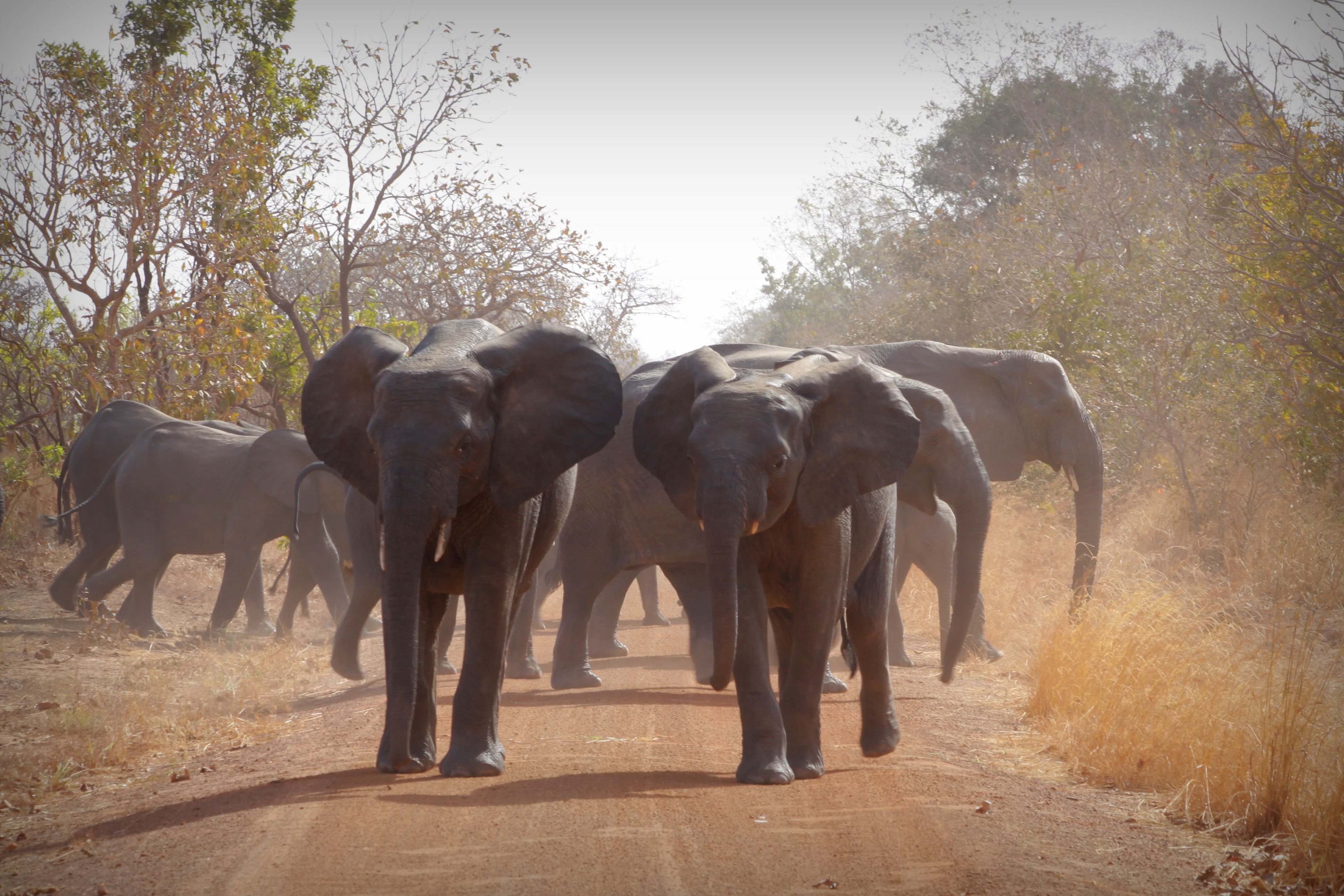- Resolution of Human Wildlife Conflicts
- Bénéficiaire ACODED - Action Concertée pour le Développement Durable
- Montant du projet € 116 722
- Subventions FFEM € 59 961
-
État du projet en cours
Historically, elephants fled poaching in Chad and Nigeria and found refuge in National Parks and Reserves in the Far North of Cameroon. Unfortunately, this population, now estimated at 1,000 elephants, is once again threatened by both human-elephant conflicts (HEC) and poaching. These 2 threats are linked: during their migrations between the 3 protected areas of the region (the Waza National Park (1,700 km²), the Kalamaloué National Park (1,260 km²) and the Kalfou Forest Reserve (60 km² ), elephants make forays into the fields and destroy crops in the process, sometimes even with human losses, which leads to conflicts with local populations.
The lack of a legal compensation system for this damage fosters a negative perception of elephants among populations, who can then become complicit in poaching encouraged by terrorist organizations or carrying out illegal activities. The peaceful coexistence between man and elephant in the Far North of Cameroon is therefore a major challenge.
ACODED is an NGO created in 2007 and technically supported by two French associations (Sitatunga and Des Eléphants et des Hommes). It works around the Waza National Park (PNW) where it has already carried out two PPI projects (3.2 and 4.1) which have produced good results in particular with the development of dung and chilli bricks and with the monitoring of elephants during their migrations by elephant rangers to mitigate conflicts with humans and limit poaching.
This new project aims to amplify the results obtained during previous PPI projects by extending the intervention area to almost the entire Far-North region of Cameroon (4 out of 6 departments) which covers several protected areas.
ACODED therefore wishes to contribute to the preservation of elephant populations in the Far North Cameroon and to the promotion of a better lasting cohabitation between men and elephants by improving the perception of elephant conservation thanks to the environmental education geared towards primary schoolchildren and populations affected by HEC; by protecting elephants through a continuous monitoring system during their migrations and by implementing technical solutions adapted to the context of the Far North to mitigate HEC.
